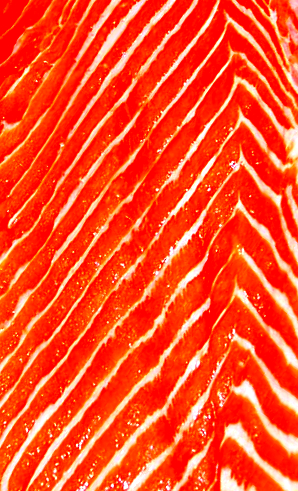Temperature changes fish value
 Research suggests warmer water can reduce the nutritional value of seafood.
Research suggests warmer water can reduce the nutritional value of seafood.
A new study used a highly successful marine predator seabird – the Australasian gannet – as a biological monitor of the marine environment and food sources.
The team combined miniature bird-borne GPS loggers, fish and squid nutritional analysis and nutritional modelling, and quantified colder and warmer water events by comparing the mean sea surface temperature with 10 years of data.
Fish and squid captured by gannets were found to have significantly lower ratio of healthy oils to protein during warm water events (where sea surface temperature was warmer than the 10-year mean) and better nutritional quality during cold water periods (lower than the 10-year mean).
Lead author Dr Gabriel Machovsky-Capuska from the University of Sydney said the findings had implications for marine life and its predators, including humans.
“Marine mammals and seabirds such as gannets eat similar foods as humans – namely fish and squid,” he explained.
“All capture prey in similar areas, and inevitably all are impacted by nutritional changes to this food source.”
The experts say the findings underline the importance of linking marine environmental fluctuations with the nutritional quality of fish and squid for human consumption, and also provide significant insights for fisheries that are capturing fish for humans to eat.
Dr Machovsky-Capuska said the findings were also revealing for environmental and conservation purposes.
“The work shows that diet and foraging behaviour of marine predators are significantly influenced by warm and cold events,” he said.
“During warm water events gannets had to work harder for their food as they expanded their foraging habitat and increased their foraging trip duration, while at the same time consuming prey and diets with lower content of energy-providing oils,” he said.
“Our approach can be used to understand and ultimately protect travelling routes for migratory species, and could support the conservation of endangered species in terms of food quality and habitat suitability.”








 Print
Print